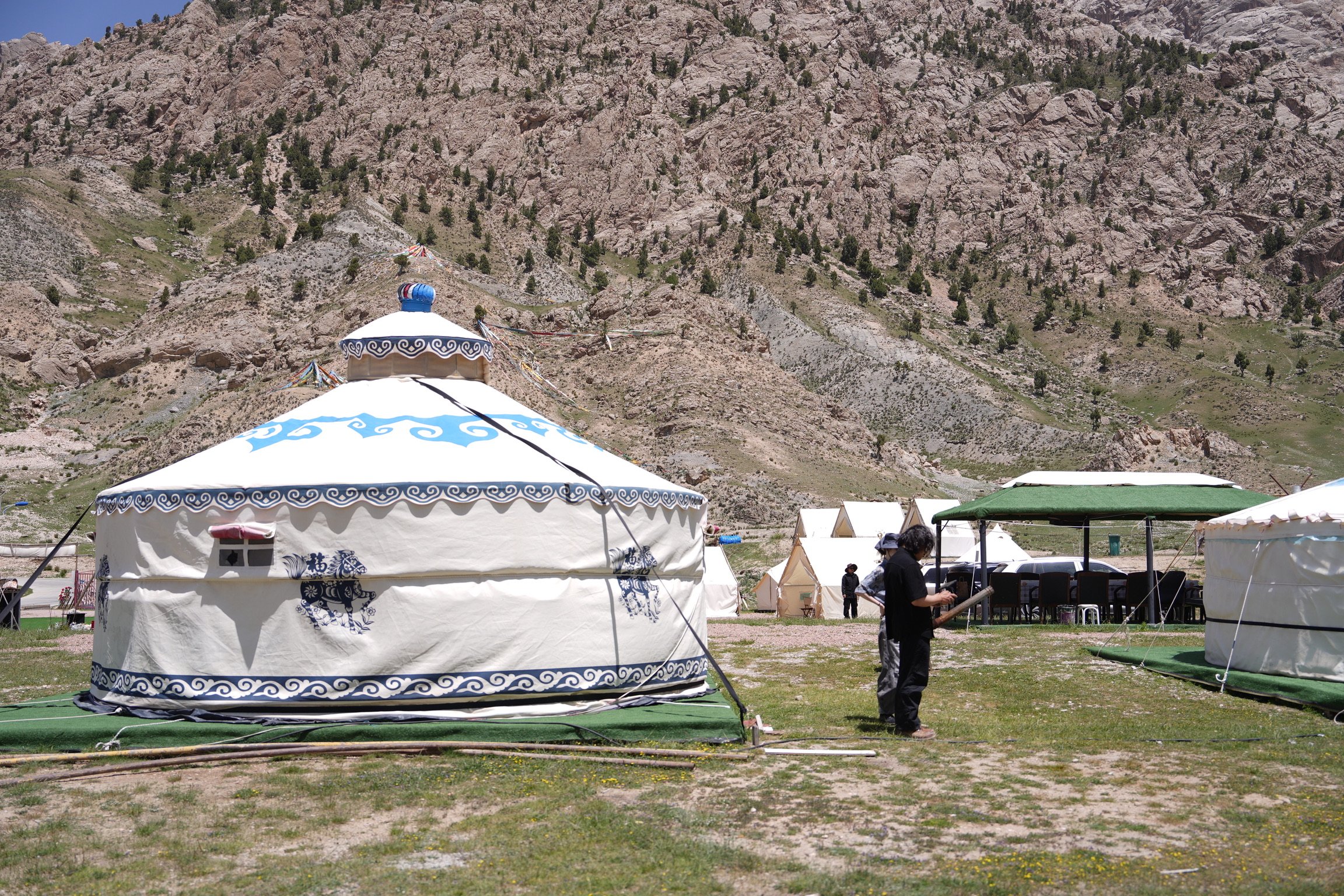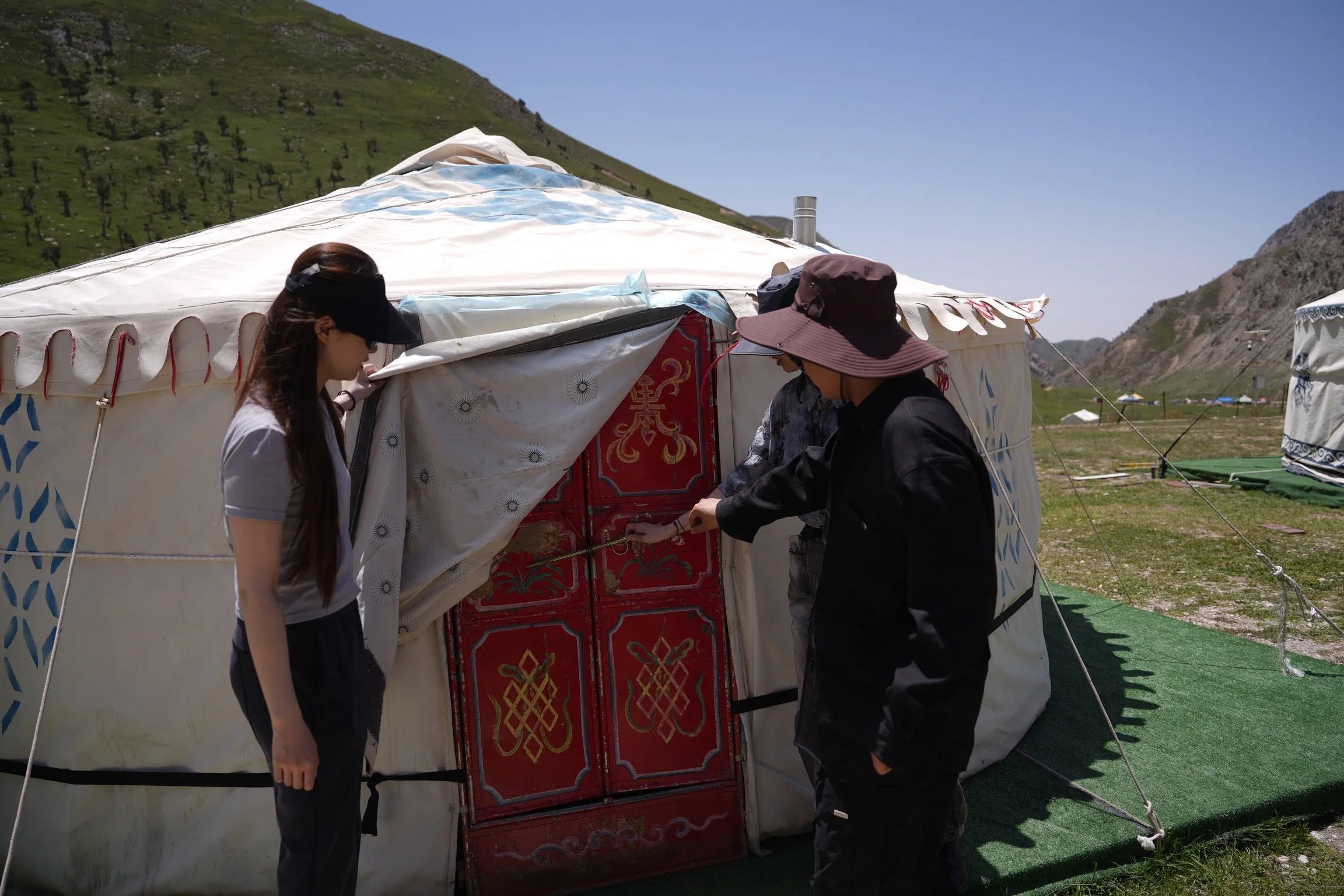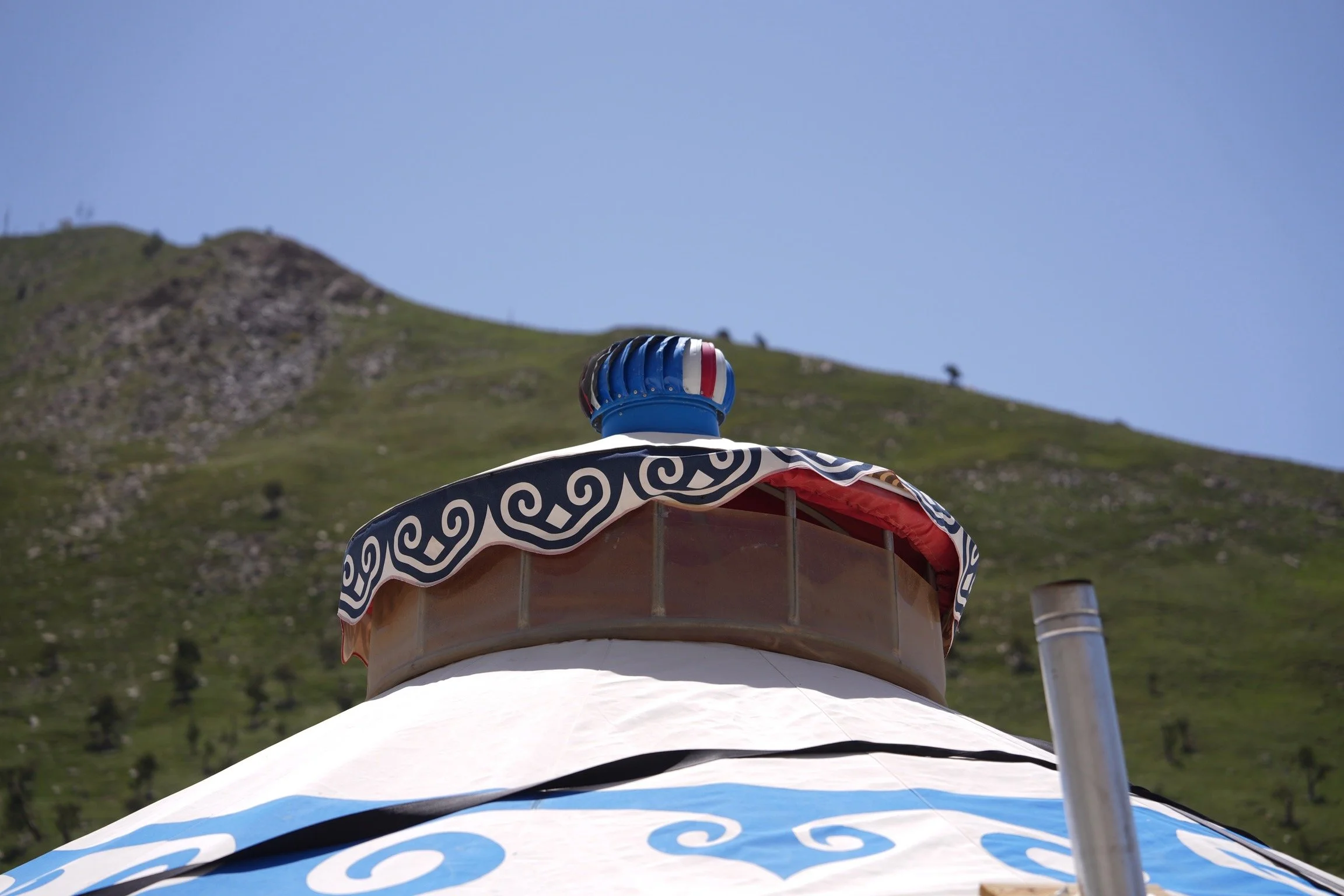Exploring the Wisdom of Traditional Yurts in the Highlands
This summer, our ResilienSEED team traveled deep into the highlands to visit a local yurt community. Against the backdrop of rugged mountains and open grasslands, these elegant circular structures have sheltered nomadic families for centuries. More than just dwellings, yurts embody a profound understanding of mobility, climate adaptation, and cultural identity.
Why Yurts?
The yurt, or ger, is a lightweight yet resilient structure traditionally used by nomadic communities across Central Asia. Designed to withstand harsh climates, it offers warmth during freezing nights and ventilation during scorching days. Its circular form reflects harmony with nature, while its modular design allows for quick assembly and disassembly—a vital feature for mobile pastoral life.
Material & Structure
During our visit, we studied the essential components of the yurt:
Frame & Skeleton: A lattice wood structure forms the core, providing both flexibility and strength.
Insulating Layers: Layers of felt and canvas cover the frame, offering thermal regulation while remaining breathable.
Crown & Ventilation: At the top, a central crown—often adorned with symbolic patterns—serves as both a skylight and a ventilation system.
Each part of the yurt is crafted with purpose: lightweight enough for transport, strong enough to endure high winds, and thermally efficient using local, renewable materials like wool felt.
Cultural Significance
Beyond its physical qualities, the yurt is an emblem of cultural continuity and ecological wisdom. The intricate patterns on doors and fabric narrate stories of lineage and spirituality, while the interior layout mirrors social customs that have persisted for generations.
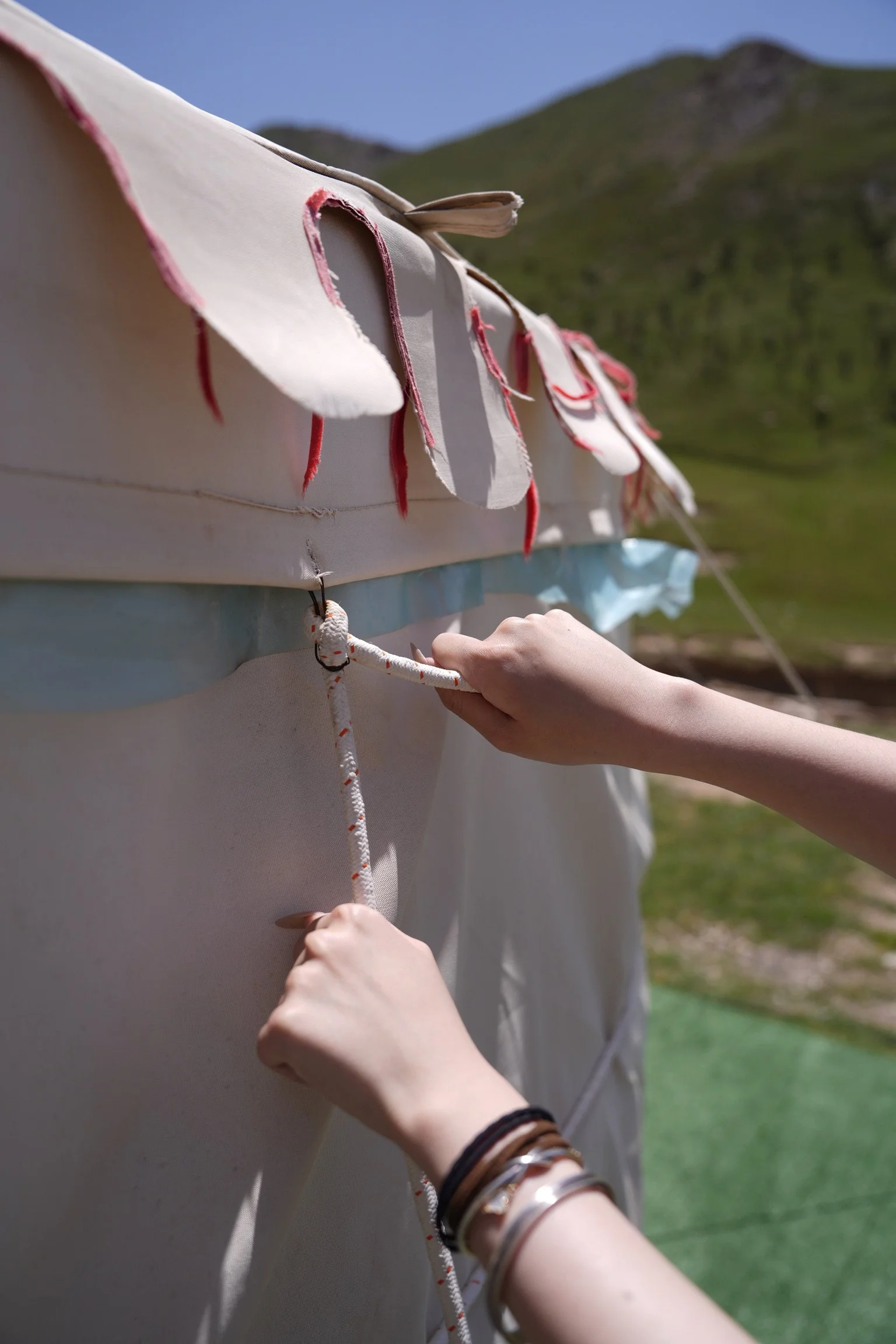
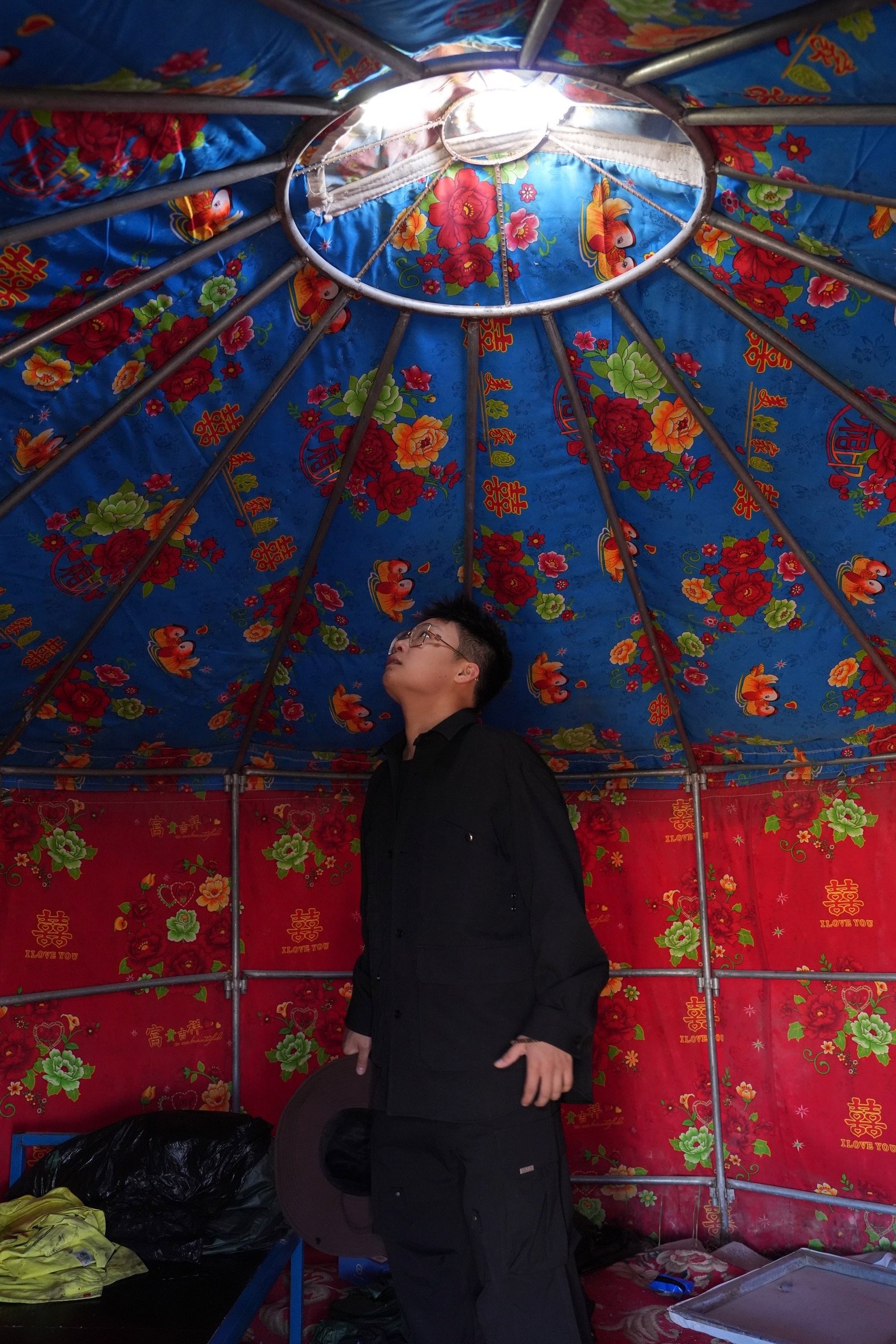
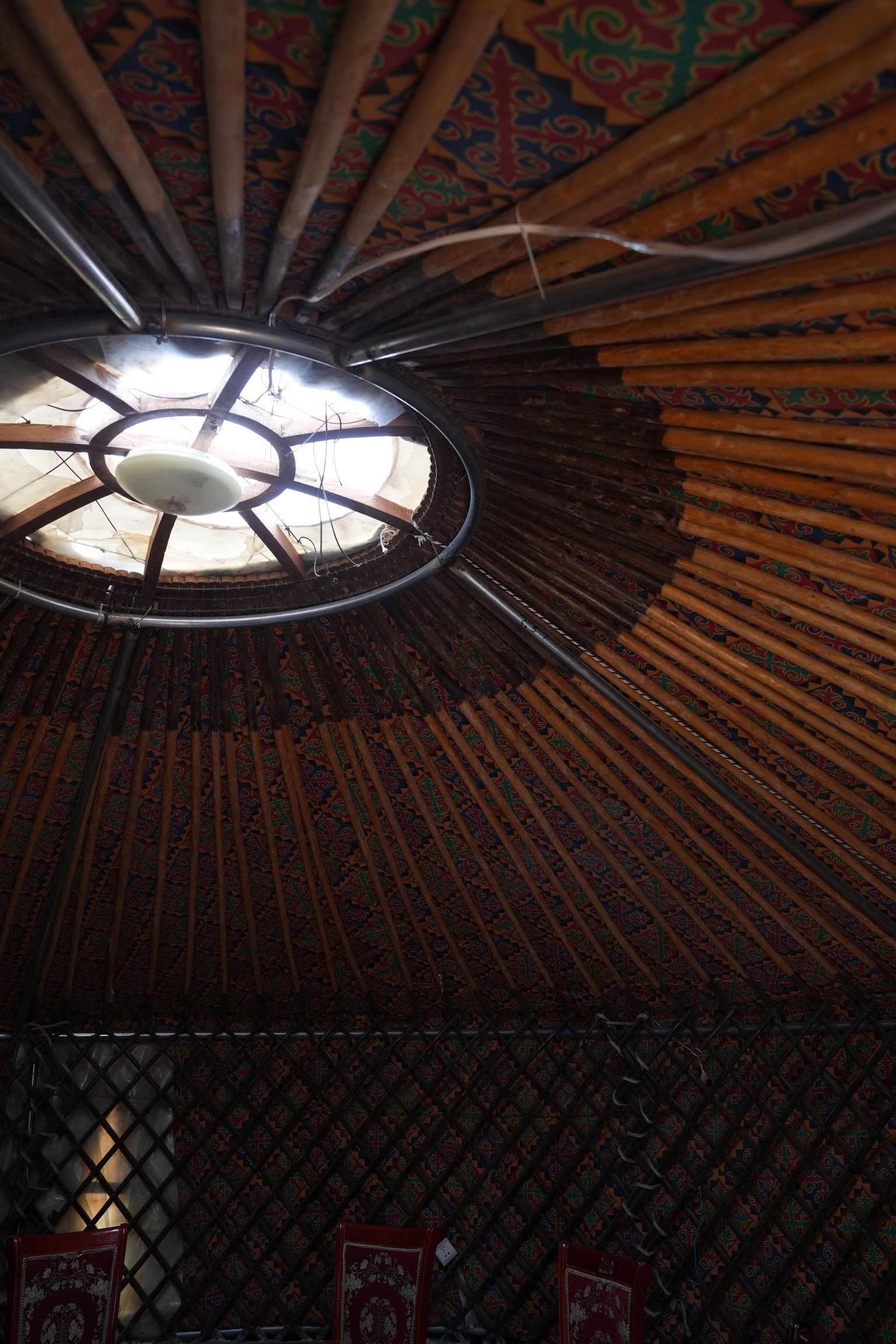
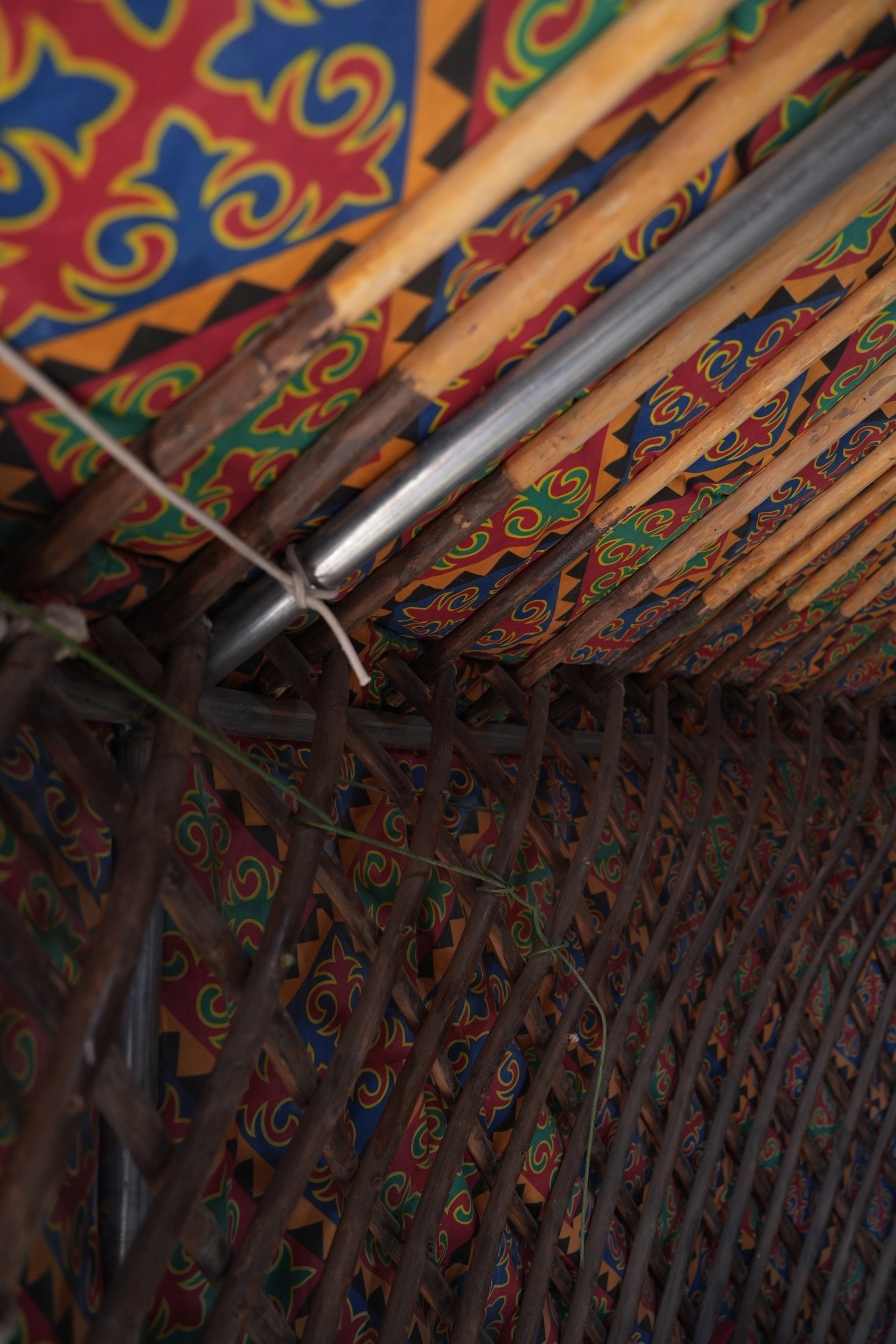
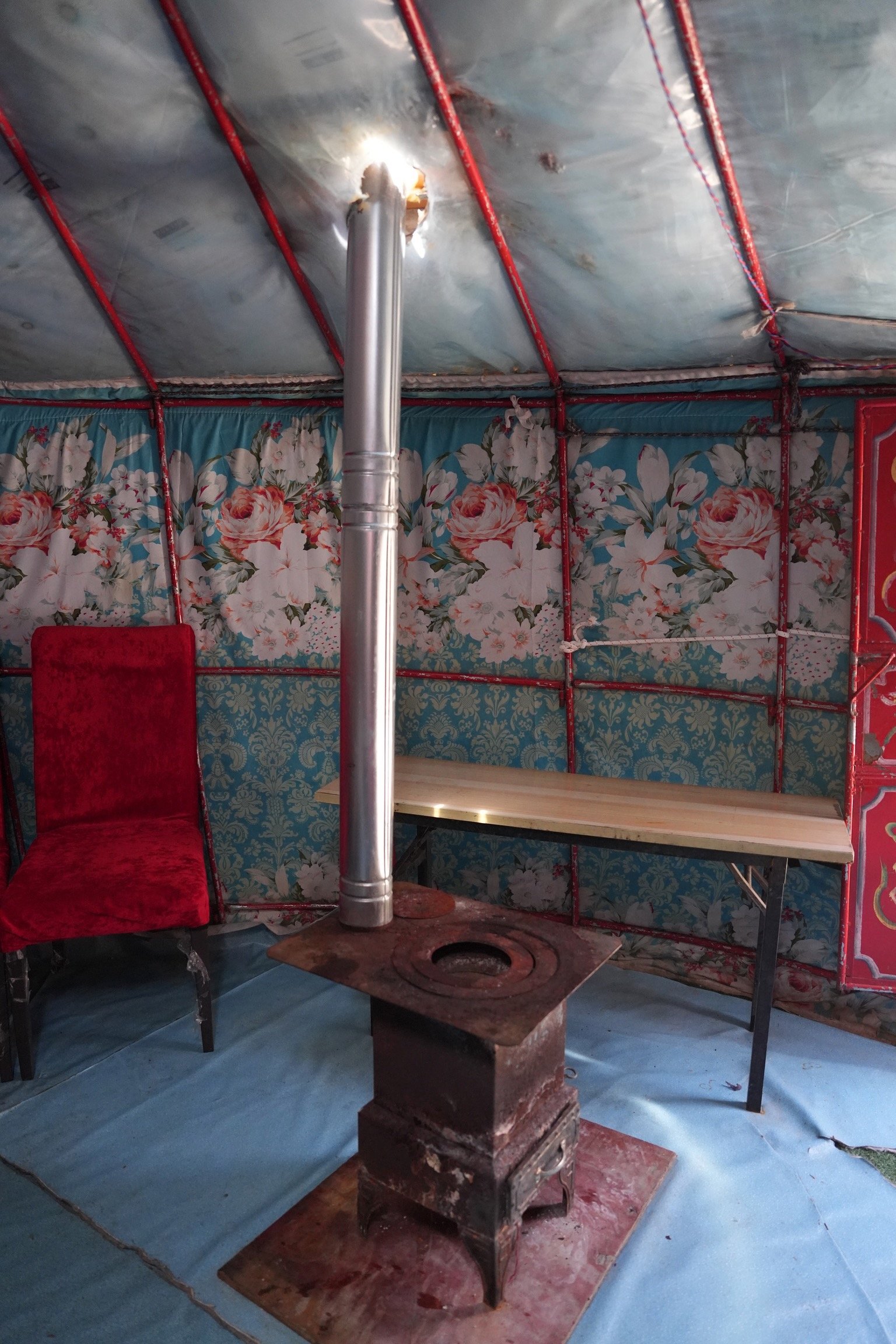
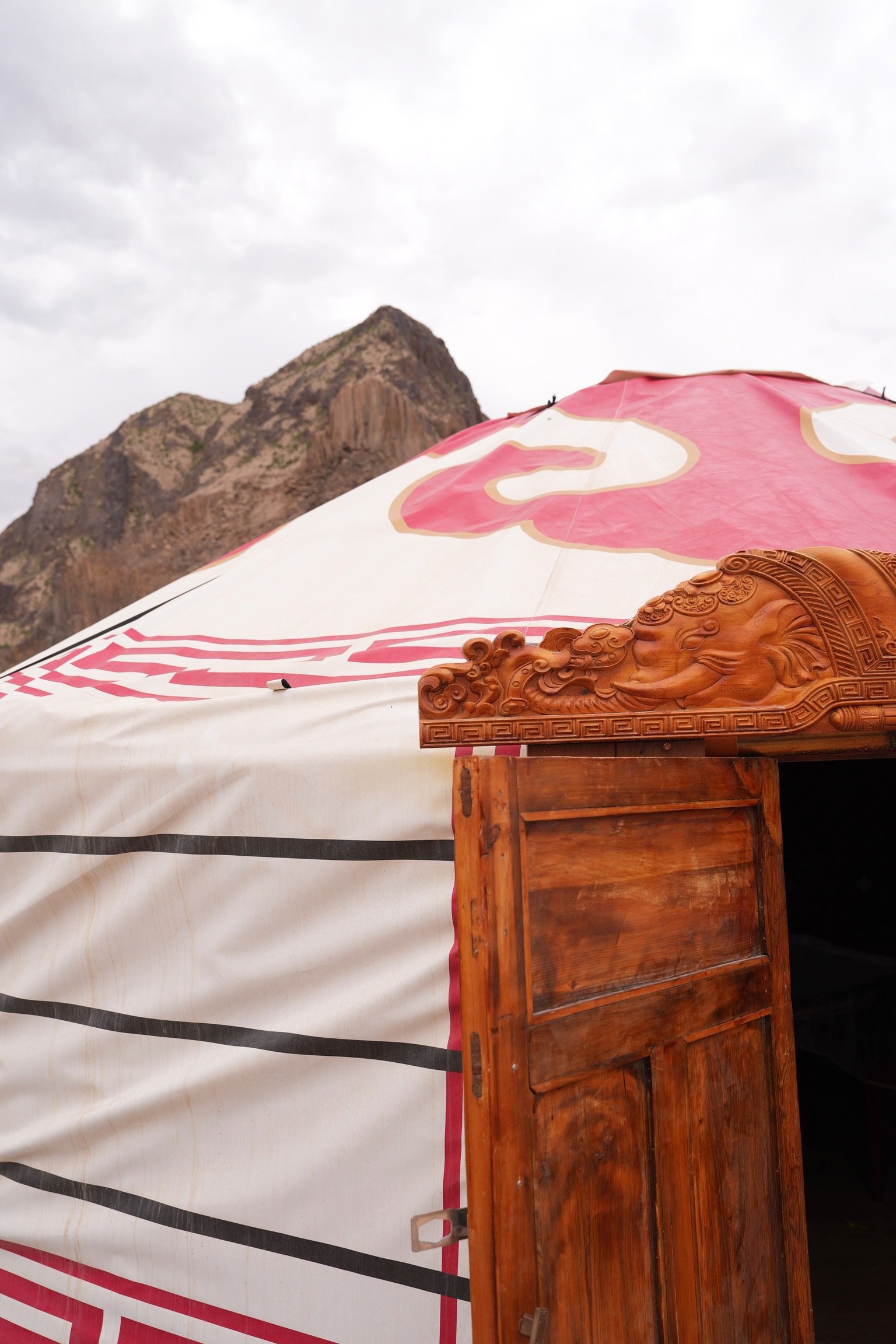
Learning for the Future
For ResilienSEED, this exploration is not merely about documentation—it is about reimagining how vernacular intelligence can inspire sustainable architecture today. As we face global challenges of climate resilience, these traditional systems offer valuable lessons in adaptability, resource efficiency, and harmonious living with the land.
Our team is excited to integrate these insights into upcoming designs and prototypes. Stay tuned as we share how the spirit of the yurt informs our future adaptive shelters and eco-restoration projects.

